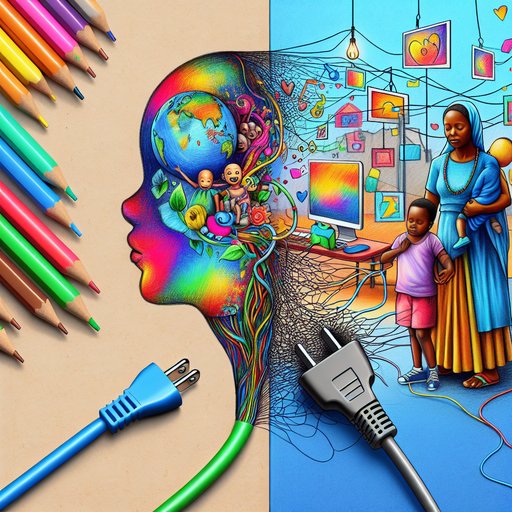- Details
- Written by: Valenenzia Gruelle

Canada now has an evidence-based ranking of antimicrobial resistance (AMR) priority pathogens, published on September 17, 2025, with an explicit eye toward public health implications [1]. The list is a sober instrument: a map of microbial threats designed to guide attention, budgets, and behavior. But maps are only as humane as the journeys they enable. As breakthrough technologies for detection, modeling, and drug discovery accelerate, public understanding across communities lags behind, risking a split-screen society where experts speak in heatmaps and households hear only the word “superbug.” The AMR list can be a civic compass—if we pair it with ethical rollout, clear communication, and inclusive education that treats every generation as a partner rather than an audience [1].
- Details
- Written by: Valenenzia Gruelle

In a week crowded with splashier tech headlines, a quieter publication deserves center stage: a qualitative study investigating pharmacovigilance systems in Dubai hospitals [4]. It is tempting to file this under the bureaucratic shelf of compliance and reporting. But that would miss the moment. Pharmacovigilance is where living bodies meet engineered remedies, where human testimony meets structured data. It is the seam binding care, software, and society—and in that seam, we can glimpse how human-technology integration will actually arrive: not as a sudden singularity, but as mundane coordination done well. Read this study as a milestone, not merely for Dubai, but for a global conversation about safety, equity, and the dignity of patients and clinicians who navigate increasingly intelligent systems [4].
- Details
- Written by: Valenenzia Gruelle

The week began with a simple, unassailable truth returning to headlines: teachers are the key to students’ AI literacy—and they need support to do the job well [1]. In a season of breathless product launches and policy whiplash, that reminder is less a slogan than a societal checkpoint. If we want classrooms to be where democratic competence with intelligent tools is cultivated rather than corroded, we must equip the educators who steward them. Everything else is vapor.
- Details
- Written by: Valenenzia Gruelle

Melaka’s Graphytoon promises a small miracle: take a child’s crayon sketch and let artificial intelligence set it in motion, turning young art into animated stories [5]. The spectacle is delightful—and disarming. When software starts co‑authoring childhood, the core question isn’t merely what the algorithm can do, but who it serves, who it listens to, and who is left voiceless as daily life becomes a negotiation with code. In a world where whole populations still struggle for basic connectivity, the risks of exclusion are not abstract; African women, for example, have less access to the internet than men [1]. Graphytoon is a charming case with serious stakes: it asks whether we will design the next generation of creative tools as engines of inclusion or as silent editors of children’s imaginations.






















































